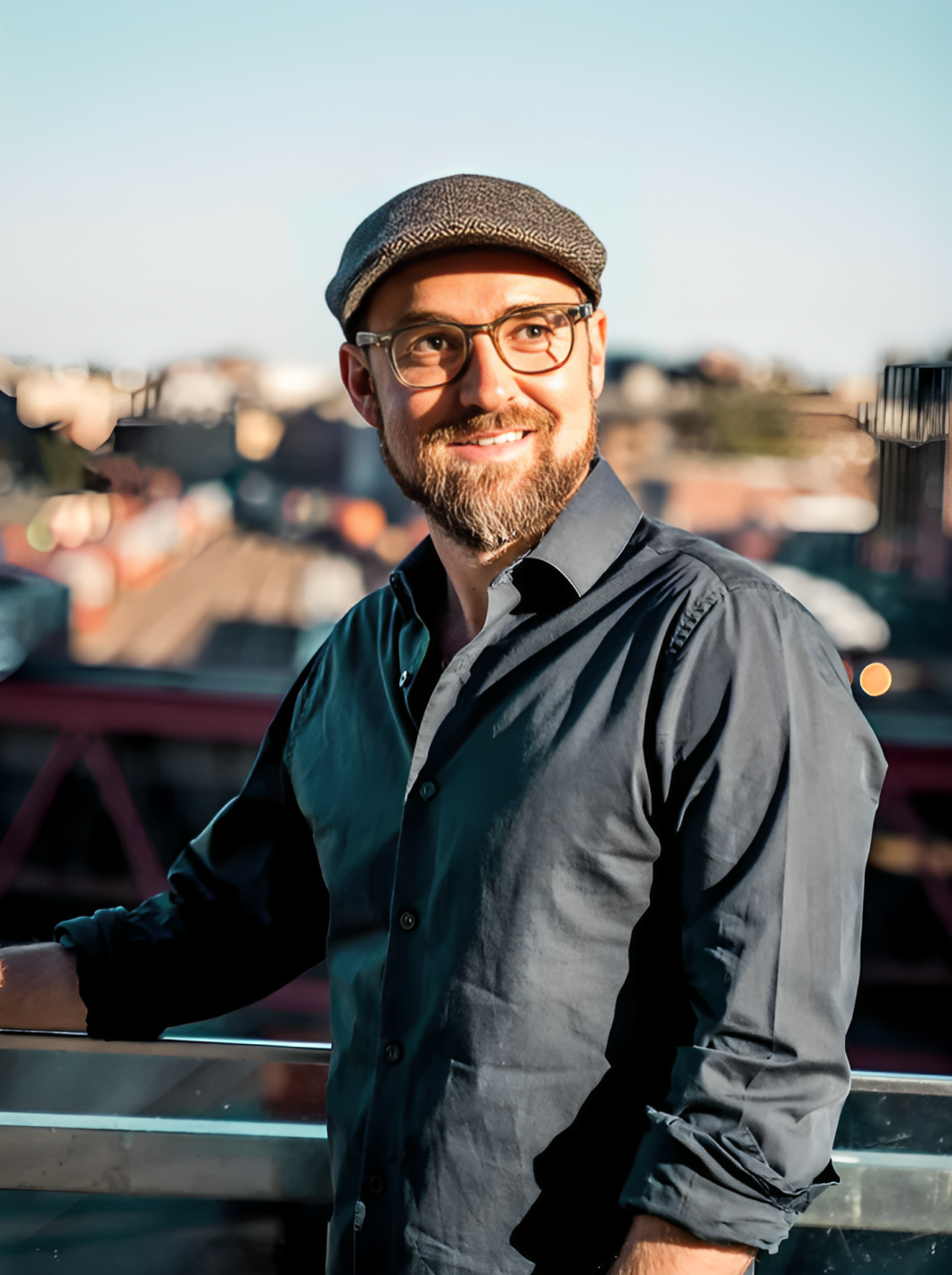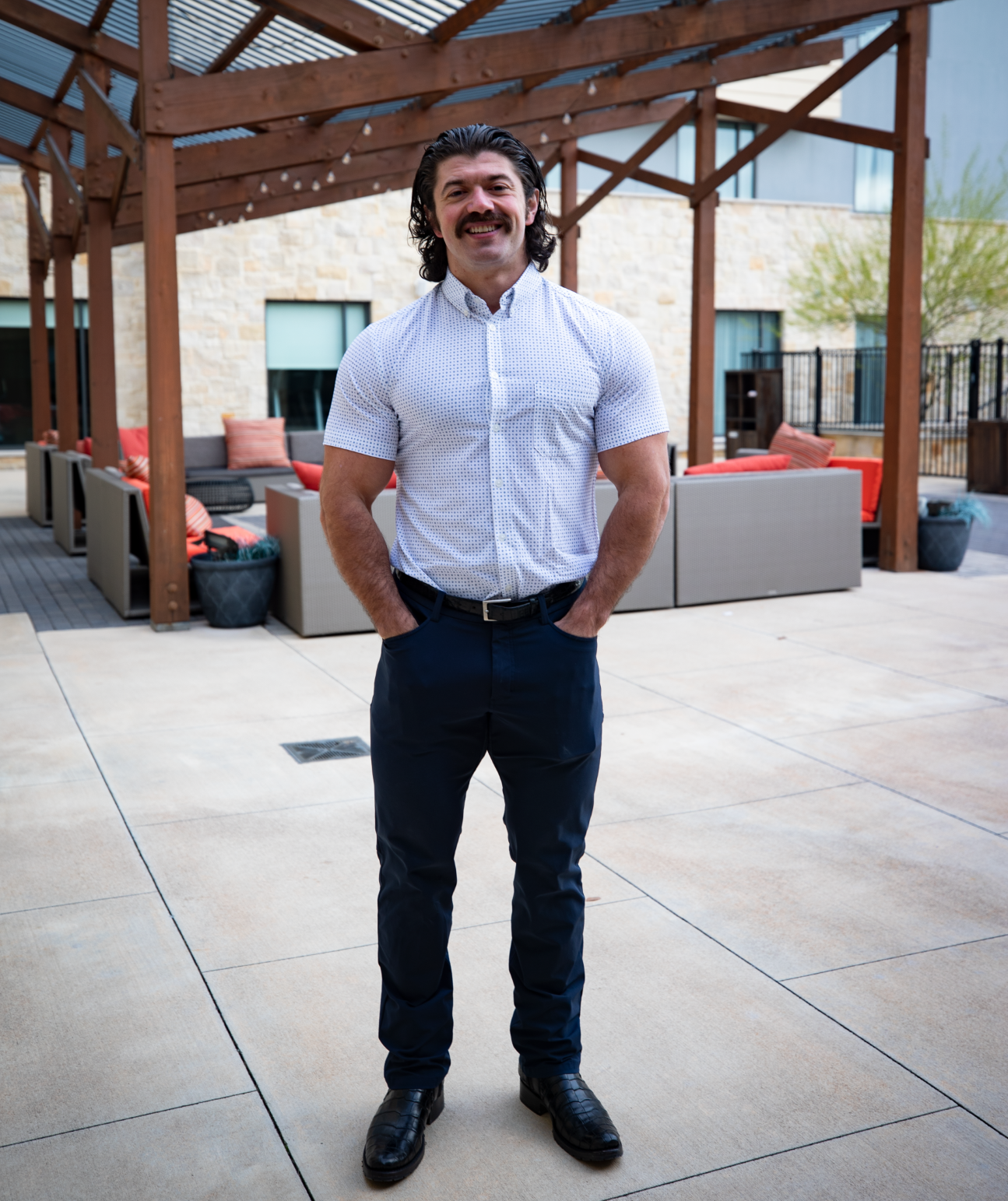In the bustling chaos of South London’s Tooting Broadway area, where sirens wail and the streets pulse with energy, Daniel MacQueen found himself navigating a journey more challenging than the crowded sidewalks.
As I sat down to hear Dan’s remarkable story, the vivid recollection of his recovery from a severe brain hemorrhage and his first steps into the tumultuous streets of Tooting Broadway unfolded like a gripping narrative.
He spent weeks in intensive care as doctors fought to save his life. And then the painful rehab began. “I had to learn to walk, talk, and even smile again,” Daniel said, his eyes reflecting the resilience that carried him through his arduous recovery. “Let me share a story of learning to walk in Tooting Broadway. Now, let me paint the scene for you.”
Dan’s rehab hospital was nearby. The main streets were crowded, dirty, and hectic. Daniel, armed with a cane and an eyepatch, embarked on a walk there after four months in a wheelchair. It was one of his first trips outside the hospital.
“I turned the corner onto the High Street of Tooting Broadway and immediately got slammed into by someone,” he said. The chaotic scene, with people rushing past him, was a stark contrast to the hospitals that had been home for months. “At this stage, someone had been stabbed on the sidewalk back here and I’m thinking, this is a pretty wild place to learn how to walk, this is the worst place to learn how to walk in the world.”
The initial attempts were filled with frustration. “Can’t they see I’m trying to walk here? Can’t they see I’m trying here?” Daniel recalled thinking. But then a transformative shift occurred in his perspective.
“After a few days, I thought, this is not the worst place to walk in the world. Maybe it is the best?”
Amid adversity, Daniel’s mindset underwent a total change. The worst place to learn to walk transformed into the best. “If I can walk here, I can walk anywhere,” he realized. It was a powerful revelation that strengthened his resilience.
As Daniel shared his journey, he drew parallels to the challenges we all face in life. “Your punch may not be a brain hemorrhage or a physical injury. It could be a job loss, a breakup, or a diagnosis,” he pointed out. “How will you handle that punch? I’m offering a compass, not a map, but a compass that always points towards true north.”
Daniel emphasized the importance of perspective, mindset, and hacks—tools that can help individuals and teams navigate through life’s challenges. “Hacks that let you be better than yesterday, tomorrow,” he said.
“The reason why I told that story of learning to walk in Tooting Broadway is when you change the way you look at the world, the world you look at changes. And you don’t need a brain hemorrhage to understand that.”
In the spirit of Mike Tyson’s famous words, “Everyone’s got a plan until they get punched in the mouth,” Daniel’s journey serves as a testament to the human spirit’s resilience in the face of adversity. Whether it’s a literal punch or a metaphorical one, Daniel’s story offers a beacon of hope and a reminder that even in the worst of situations, a change in perspective can lead to transformative outcomes.
Daniel’s message lingered after I heard his presentation —a powerful reminder that there is indeed nothing like a brain hemorrhage to refocus the mind, but it is the strength within that ultimately defines the path forward.
Dan shares his journey and the lessons he learned as a keynote speaker to groups and businesses.








